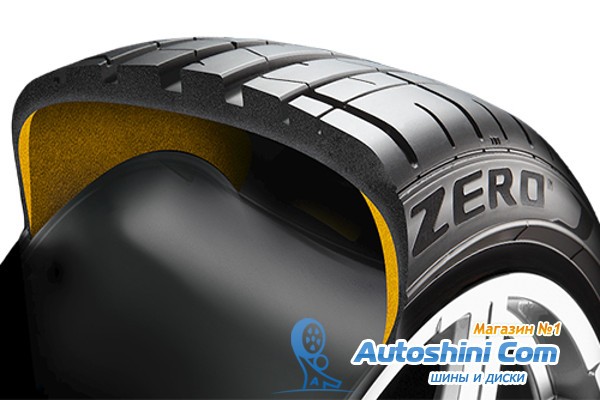
Understanding Fuel Cell Vehicles
EV designers often claim low emissions compared to conventional internal combustion engine (ICE) vehicles. Most fuel cell vehicles boast zero emissions—they emit only water and heat. A fuel cell vehicle is still an electric vehicle (EV) but uses hydrogen gas to power its electric motor. Instead of a battery, these cars use a "fuel cell" that combines hydrogen and oxygen to produce electricity, which then powers the engine and emits only environmentally friendly exhaust gases.
The production of hydrogen used to fuel a car results in some greenhouse gas pollution when it is obtained from natural gas, but its use in fuel cell vehicles greatly reduces overall exhaust emissions. Often touted as the cleaner energy vehicle of the future, many car makers such as Honda, Mercedes-Benz, Hyundai and Toyota are already offering fuel cell vehicles, while others are in the conceptual stage. Unlike electric vehicles, whose complex batteries impose certain design constraints, fuel cell vehicles have the potential to replace all of a manufacturer's models.
To better understand hydrogen fuel cell vehicles, see how they compare to conventional combustion engines, electric vehicles and hybrids in terms of refueling and range, environmental impact and affordability.
Refueling and power reserve
Although the number of filling stations is currently limited, hydrogen fuel cell vehicles are refueled in a similar way to ICE vehicles. Hydrogen filling stations sell pressurized hydrogen that fills up a car in minutes. Actual refueling time depends on hydrogen pressure and ambient temperature, but typically does not exceed ten minutes. Other electric vehicles take longer to recharge and do not achieve the same range as conventional cars.
At full range, a fuel cell vehicle is similar to gasoline and diesel vehicles, traveling 200-300 miles from a full charge. Like electric cars, they can also turn off the fuel cell to save energy at traffic lights or in traffic. Some models even include regenerative braking to recover lost energy and keep the battery charged. In terms of fuel and range, fuel cell vehicles hit the sweet spot with some hybrids that run on battery and/or engine power depending on driving conditions. They combine the best of ICE and electric vehicles with fast refueling, extended range and energy-saving modes.
Unfortunately, as attractive as range and fast refueling may be, the number of hydrogen filling stations is limited to a few major cities—almost exclusively in the Californian areas of San Francisco and Los Angeles. The fuel cell charging and refueling infrastructure is working to meet ever-increasing demand, but it still has a lot to catch up with the number of charging stations for electric vehicles and, even more so, the location of filling stations.
Environmental impact
With traditional cars, electric vehicles and fuel cell vehicles, there are ongoing discussions and concerns about long-term environmental impacts. Gasoline-powered vehicles produce a huge amount of emissions, while battery-powered electric vehicles create a noticeable footprint during production.
The hydrogen used in fuel cell vehicles is mainly obtained from natural gas. Natural gas combines with high temperature, high pressure steam to form hydrogen. This process, called steam-methane reforming, does produce some carbon dioxide, but in generally smaller amounts compared to electric, hybrid, and fossil fuel vehicles.
Because fuel cell vehicles are most commonly found in California, the state requires that at least 33 percent of the hydrogen gas put into a vehicle come from renewable sources.
Availability and incentives
Fuel cell vehicles offer many benefits in terms of fuel efficiency and environmental impact. They fill up quickly and have a range competitive with ICE vehicles. However, renting or buying them costs a lot of money, as does their hydrogen fuel. Most manufacturers cover the cost of fuel for a limited time to offset the high price, in the hope that the cost of the vehicle and fuel will come down over time.
In California, the state with the largest, albeit small, fuel cell infrastructure, incentives were available. Beginning in February 2016, California offered discounts on fuel cell vehicles subject to funding availability. This was part of a government incentive to introduce cleaner vehicles on the roads. To receive the discount, fuel cell vehicle owners must apply for their vehicle. Owners will also be entitled to a sticker giving them access to High Occupancy Vehicle (HOV) lanes.
Fuel cell vehicles could be the practical vehicle of tomorrow. While the cost and availability of charging stations are holding back demand right now, the potential for widespread availability and efficient driving remains. They look and perform just like most other cars on the road - you won't find surprises behind the wheel - but they suggest the possibility of ubiquitous clean energy driving in the near future.
